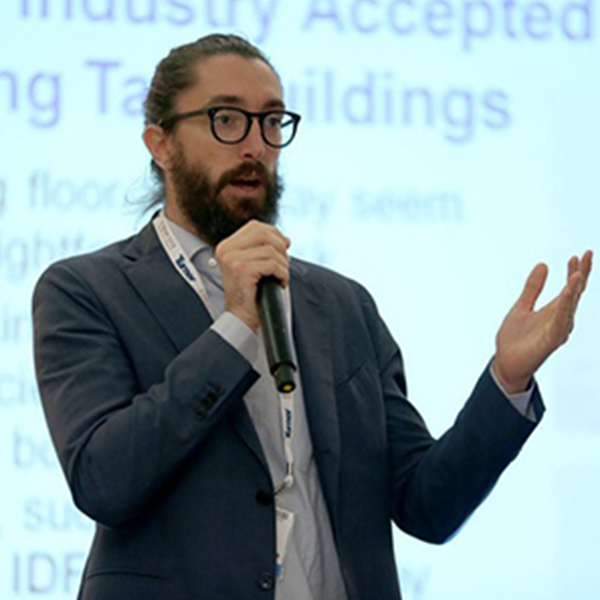Session 3: The Next 50 Years of Robotics in Construction

Dario Trabucco
Research Manager
Council on Tall Buildings and Urban Habitat, Venice
Although significant innovations have been made throughout the past 50 years, the construction sector is still rapidly evolving. As the industry responds to emerging technologies, the way buildings are designed, built, and managed will continue to shift. Design and management have already changed with the incorporation of CAD occurring over four decades ago. Parametric design, BIM, and virtual reality are just the beginning of a series of evolutionary design procedures as building monitoring systems, smart technologies, and ICT are deployed to analyze the daily use of buildings in order to help them reach maximum energy-efficiency. The building construction site will also begin to undergo massive change as advanced machines and robots take over some of the operations currently carried out by human workers. This will benefit three fundamental operational aspects on a building site: speed (as machines can work virtually 24 hours a day without breaks); quality (as quality standards become more automated and easier to monitor and track, supplying precise information to computational models of the building); and safety (building sites can still be risky environments for humans to work). Human workers will still be necessary but may become freed up from repetitive work to take on other roles, reducing fatigue on the body.
The first year of the CTBUH Research Project, “Robotics in Tall Building Construction” describes this developing paradigm shift by detailing the emerging state-of-the-art technologies in the field and offering predictions for the future of incorporating robotics on construction sites.
